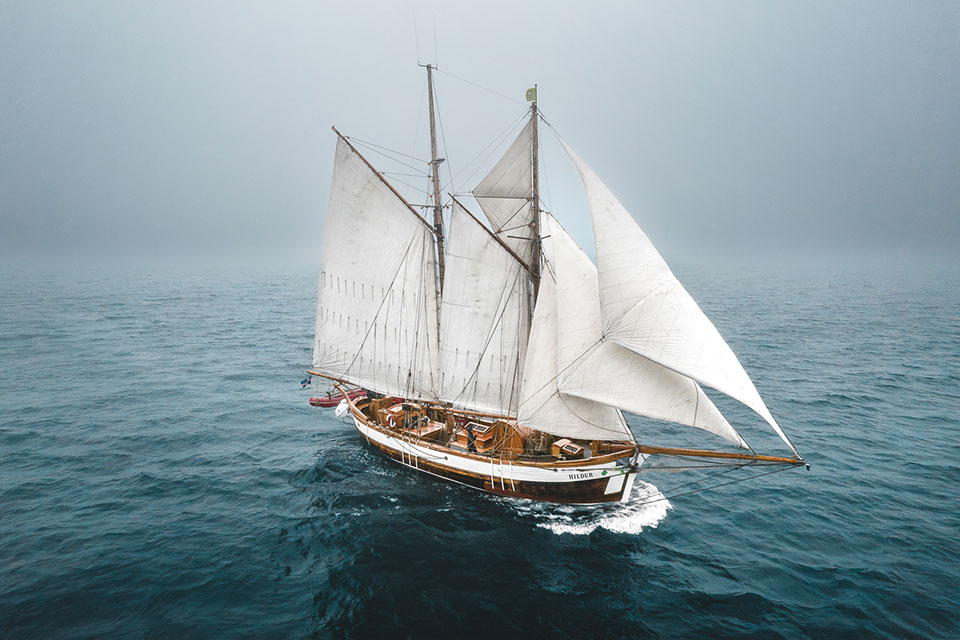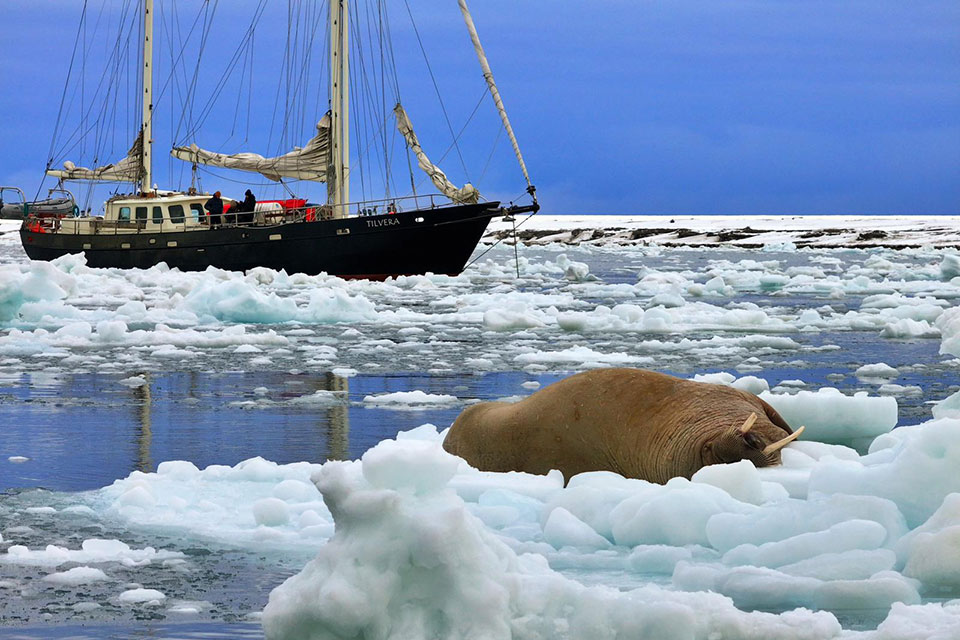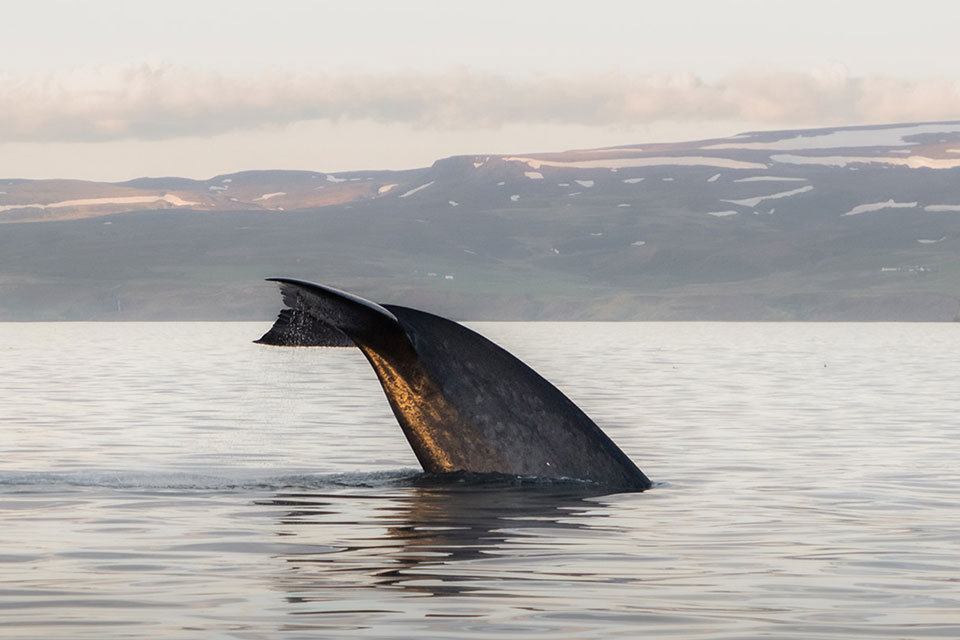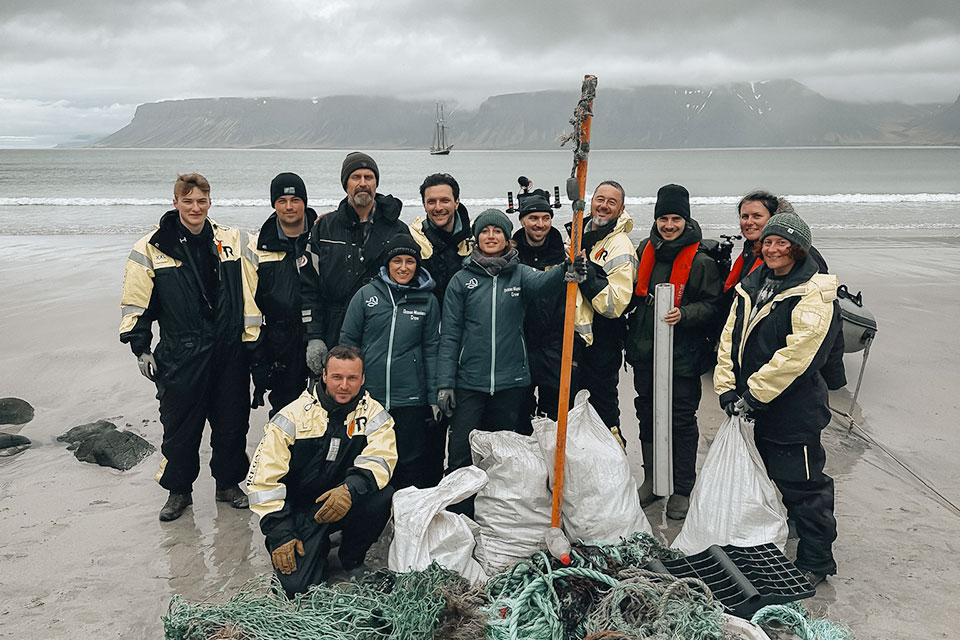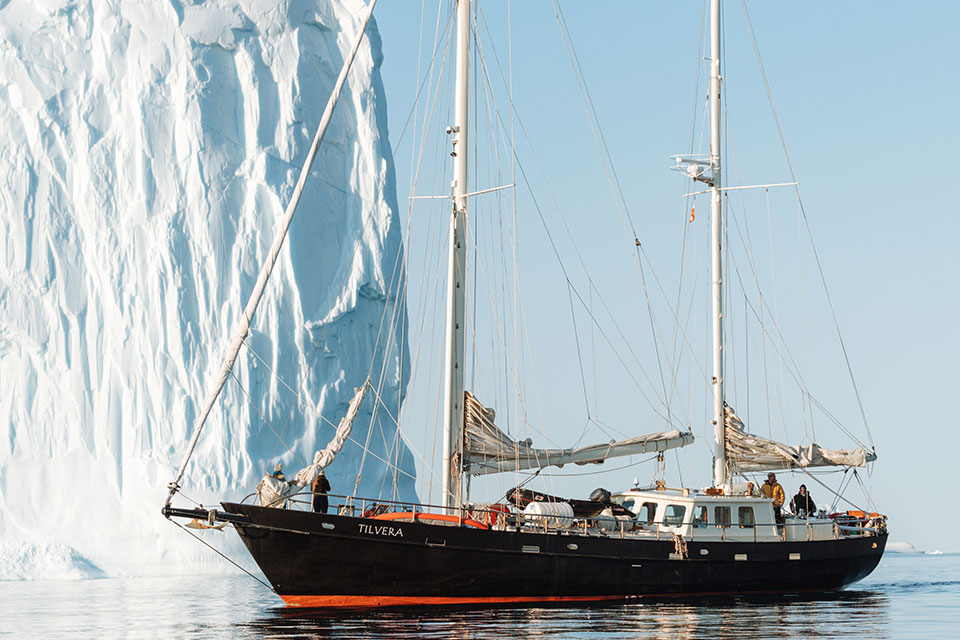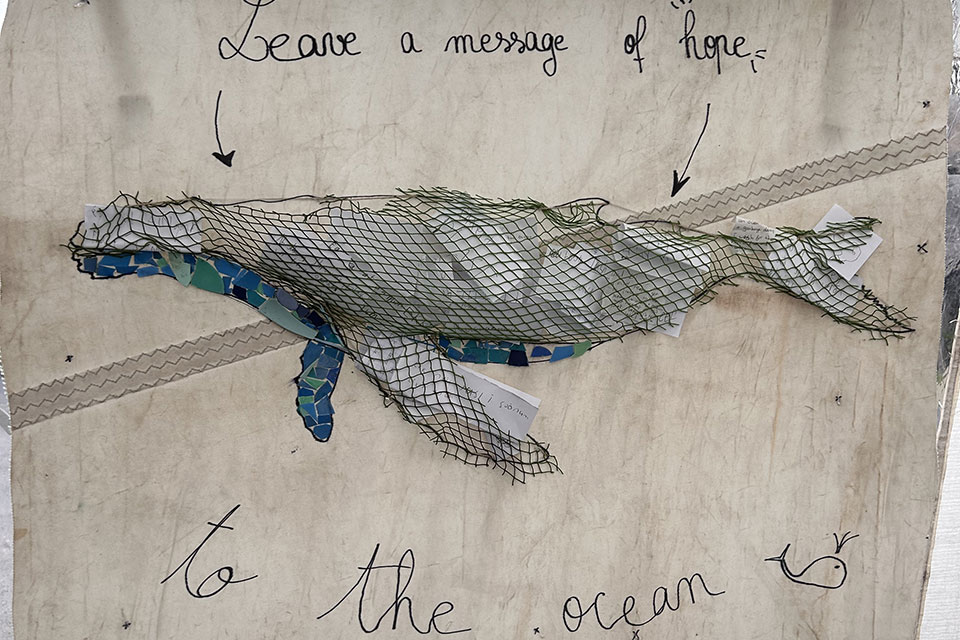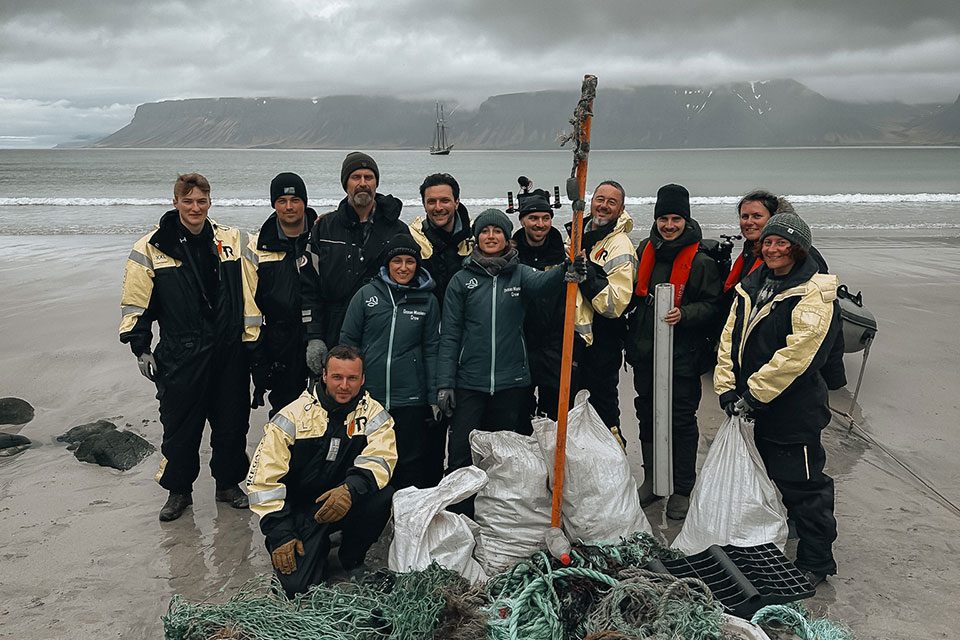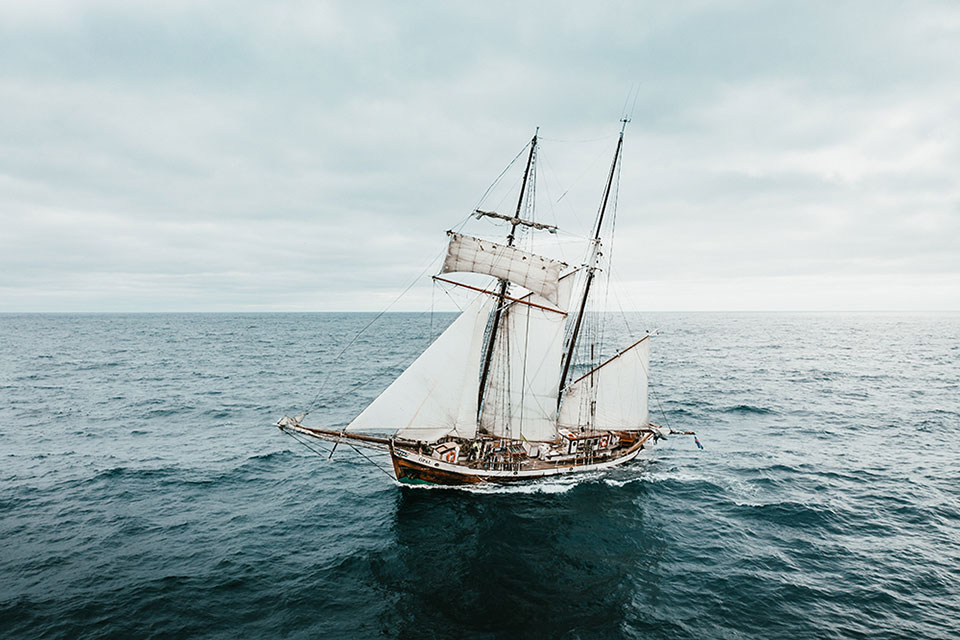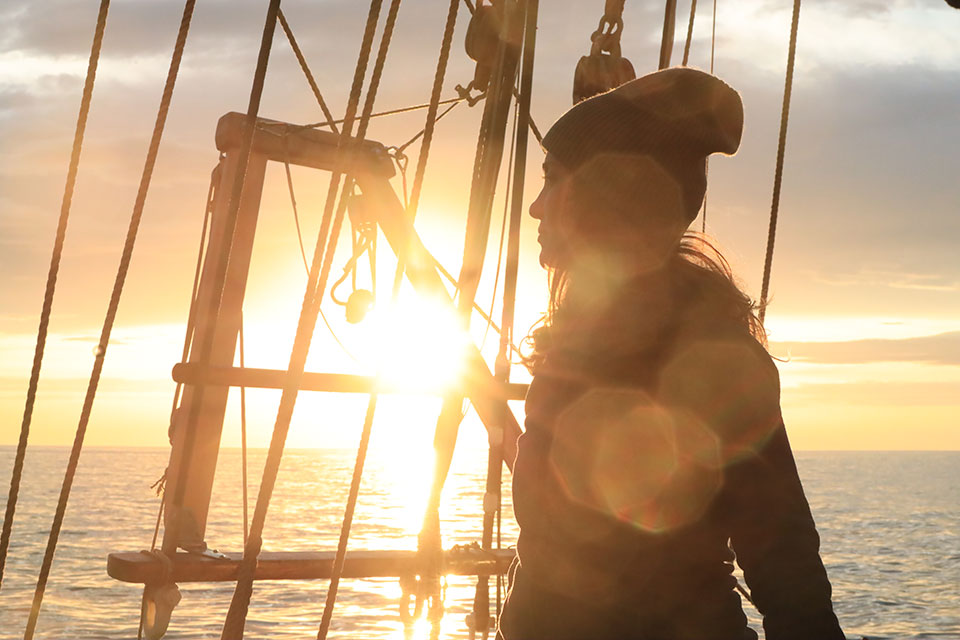This year, the Northern Right Whale are the species getting the most attention among whale scientists, so we would like to share with you some information about this issue.
North Atlantic right whale is one of the world’s most endangered large whale species, with only 400 estimated individuals (by January 2018) with only a quarter of them being reproductive females and about 366 whales remaining (as of January 2019).
These whales migrate in waters along the East Coast of North America, one of the most industrialized ocean areas in the world. As result of human activities, during this journey they are facing two main threats to their survival: entanglement with fishing gear and vessel strikes. Since 2017, 31 whales appeared death with another 10 presumed death, representing 10% of the known population. Scientists point that in the last 4 years, only 22 calves where born which is below the 20-30 % of what the population needs to avoid extinction. While the more common fishing gear that interfere with whale entanglements is lobster cages with hanging ropes to the surface, lobster fishing represents one of the major economic income for those local communities, creating tension and conflicts between the whale’s defenders and the fishermen.
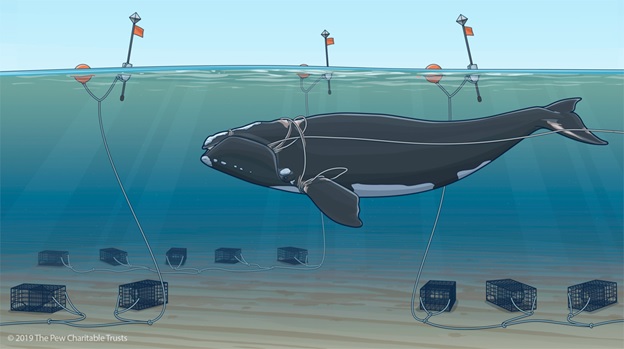
During the last two years, fishermen, stakeholders and scientist has come together to discuss possibilities and work on solutions to solve the entanglement problem, so they can save the whales without compromising the lobster fisheries. According to Sean Brillant, from the Canadian Wildlife Federation two main ropeless technologies are being studied. The first is where the buoy line and buoy are stored at the bottom of the seafloor with a release mechanism that brings it to the surface.
The other is an inflatable bag that sits with the trap or an anchor on the bottom. When it is called to the surface, it inflates and floats up. To the concern of the fishermen on how to locate these gear (a problem that has yet to be solved), one possible solution is surface GPS marking, but that will only show where the gear was dropped, not its current location — so if it ever moves, it will be hard to find again. There are also acoustic transponders that can tell fishermen how far away they are from a piece of gear and possibly what direction that gear is in. Finally, there’s another system, where the gear localizes itself, much like a cellphone. Cellphones are localized or tracked by the signals they send to cell towers or by using GPS.
For vessel strikes new Apps (Whale Alert) inform vessel operators of the presence of whales in the area. These promising new technologies and others (eg, weaker ropes, degradable nets, etc) on fishing industry are of extremely importance because if eventually it works out, it could be applied in other cases minimizing the problem of entanglement which is pretty much needed worldwide
Lost and discarded marine debris, particularly items made of persistent synthetic materials, is now recognized as a major form of marine pollution and according to NOAA at least 200 species suffer from entanglements every year, specially, marine mammals.
Northern Right Whale Sightings in Iceland!
In July 2018, a North Atlantic right whale was spotted northwest off Reykjavik, Iceland by whale watching guides. There have only been three different whales identified off Iceland in the last 30 years and two of them were reproductive females. While nobody knows why these whales are so far from their usual habitat, it could be that they are looking for more productive and peaceful feeding grounds in a rapid changing ocean.
During our expeditions in Iceland, Greenland or off shore we keep dreaming on seeing one of these giants but the most we hope is that they manage to recover in numbers.
Sources:



